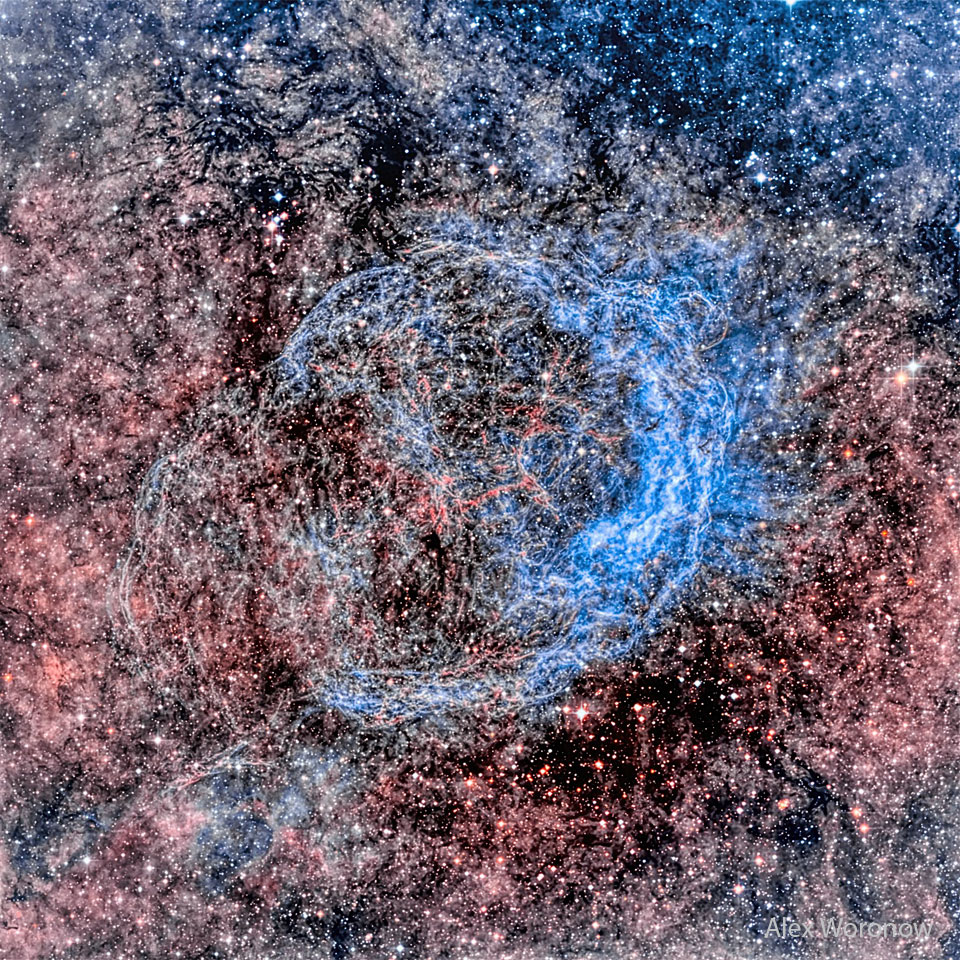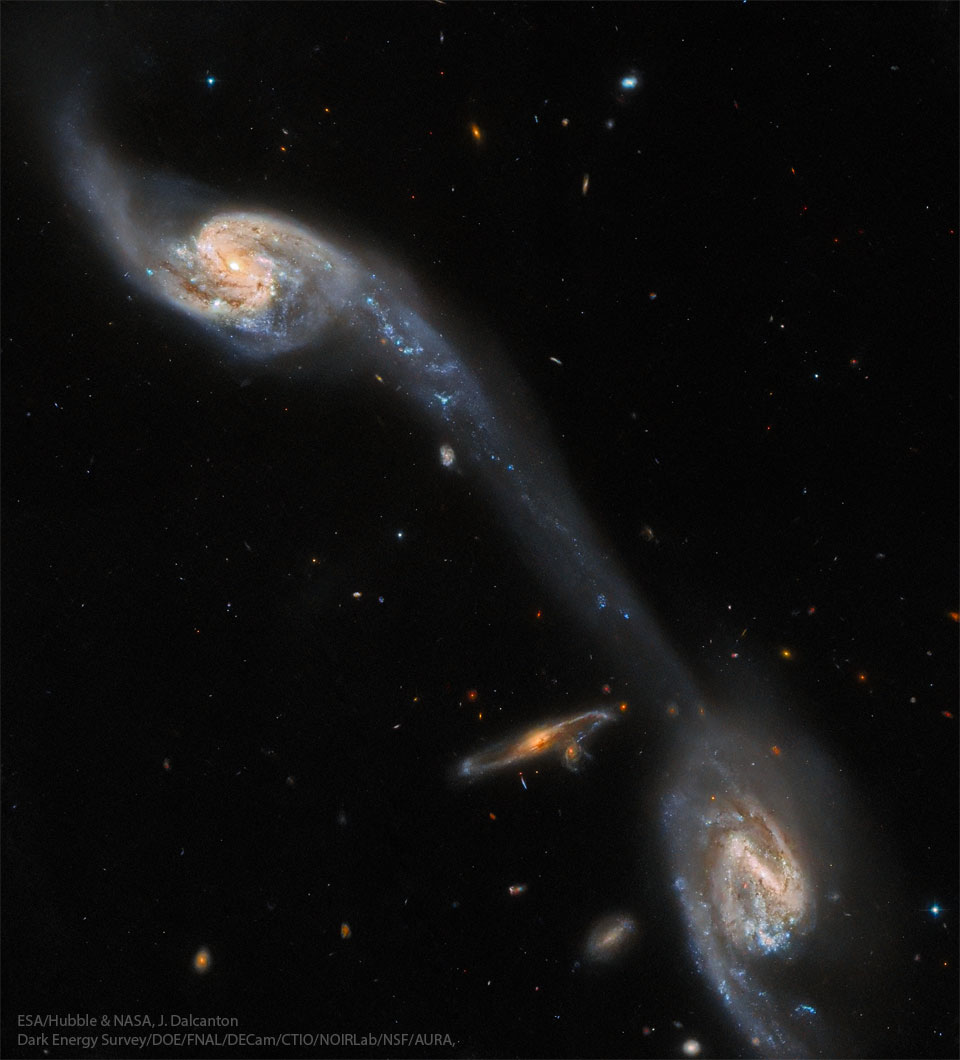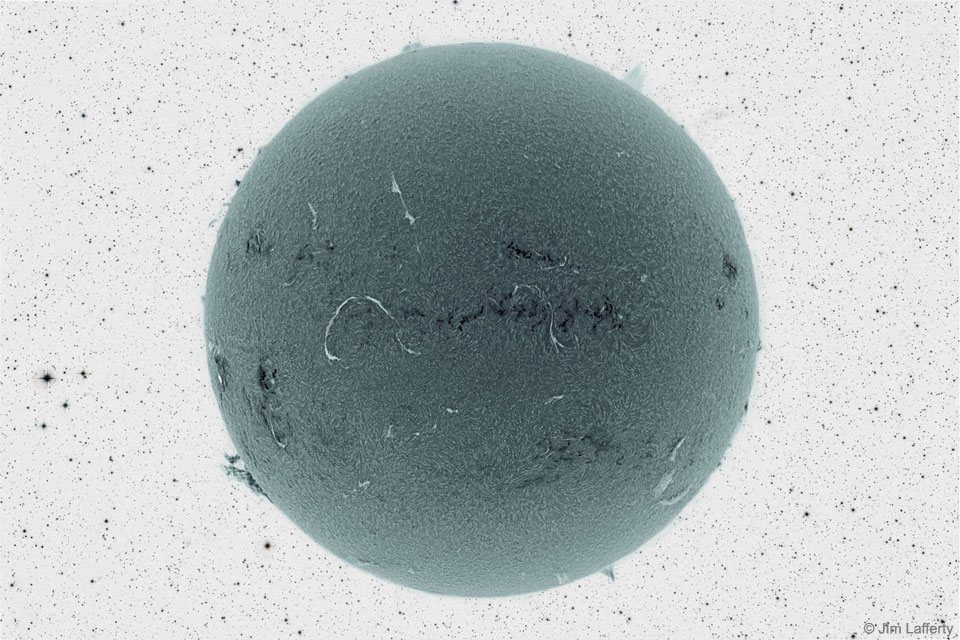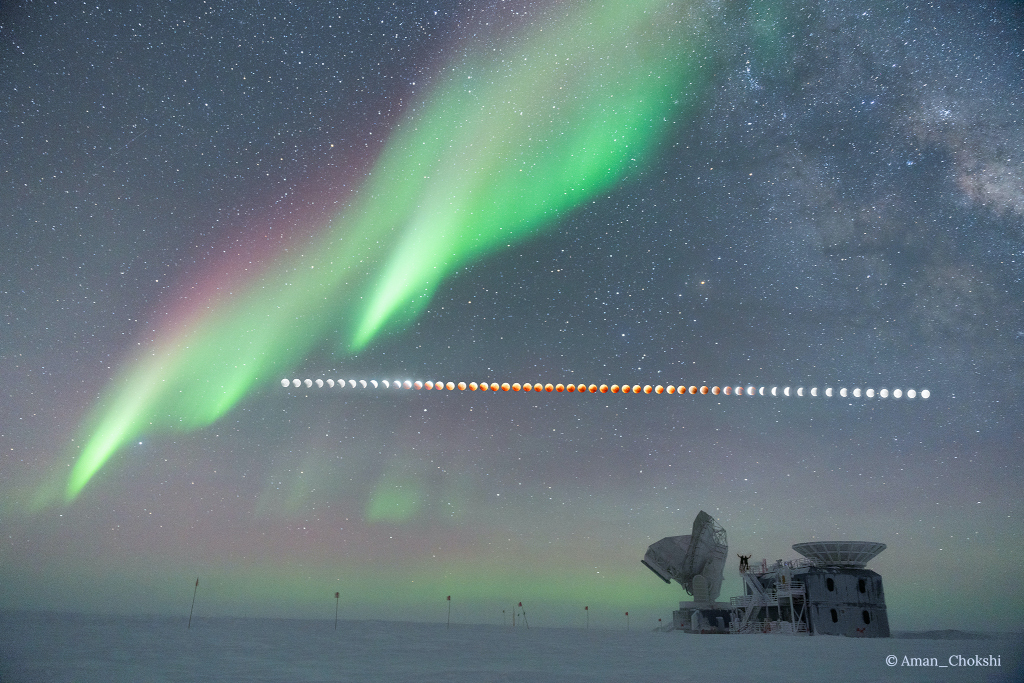
The Asymmetric Nebula Surrounding Wolf Rayet Star 18




NASA will provide coverage of the upcoming prelaunch and launch activities for the National Oceanic and Atmospheric Administration’s (NOAA’s) Joint Polar Satellite System-2 (JPSS-2) mission and NASA’s Low-Earth Orbit Flight Test of an Inflatable Decelerator (LOFTID) technology demonstration.
from NASA https://ift.tt/5Du2NHl
via IFTTT
NASA Administrator Bill Nelson named Dr. Jimmy Kenyon director of the agency’s Glenn Research Center in Cleveland, effective immediately.
from NASA https://ift.tt/ZOvSMER
via IFTTT

A Northrop Grumman Cygnus resupply spacecraft is on its way to the International Space Station with more than 8,200 pounds of science investigations and cargo after launching at 5:27 a.m. EST Monday from NASA’s Wallops Flight Facility in Virginia.
from NASA https://ift.tt/ijyfsZM
via IFTTT


NASA and the U.S. Agency for International Development (USAID) signed an agreement Friday strengthening the collaboration between the two agencies, including efforts that advance the federal response to climate change.
from NASA https://ift.tt/U59iZpr
via IFTTT